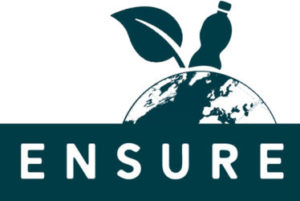Spectral Modeling of Plastic Litter in Terrestrial Environments - Use of 3D Hyperspectral Ray Tracing Models to Analyze the Spectral Influence of Different Natural Ground Surfaces on Remote Sensing Based Plastic Mapping
Theres Kuester and Mathias Bochow
GFZ German Research Centre for Geosciences, Telegrafenberg, 14473 Potsdam, Germany
Publication: 2019 10th Workshop on Hyperspectral Imaging and Signal Processing: Evolution in Remote Sensing (WHISPERS)
DOI: 10.1109/WHISPERS.2019.8920847
Abstract. Plastics have become an indispensable part of our daily life.It is a group of materials with outstanding properties forvarious products in a wide range of applications. They aredurable, lightweight and cost-effective to manufacture. How-ever, these advantages can develop to disadvantages if plasticsare released into the environment uncontrolled and in largequantities. Here, both seas and soils form a final sink. Re-mote sensing has been used for many decades to observe theearth’s surface and the processes that take place on it. Thedetection and identification of plastic litter is one of the latestapplications of remote sensing. In recent publications, thepotential of imaging spectroscopy has been highlighted, sinceit allows material identification and quantification based onmaterial-specific absorption bands. In this study we investi-gate the influence of the object transparency and backgroundsurface reflectance on the detection and identification usinghyperspectral remote sensing.
Index Terms—plastic litter, terrestrial environment, spectral modeling, hyperspectral remote sensing, material detec-tion and identification
